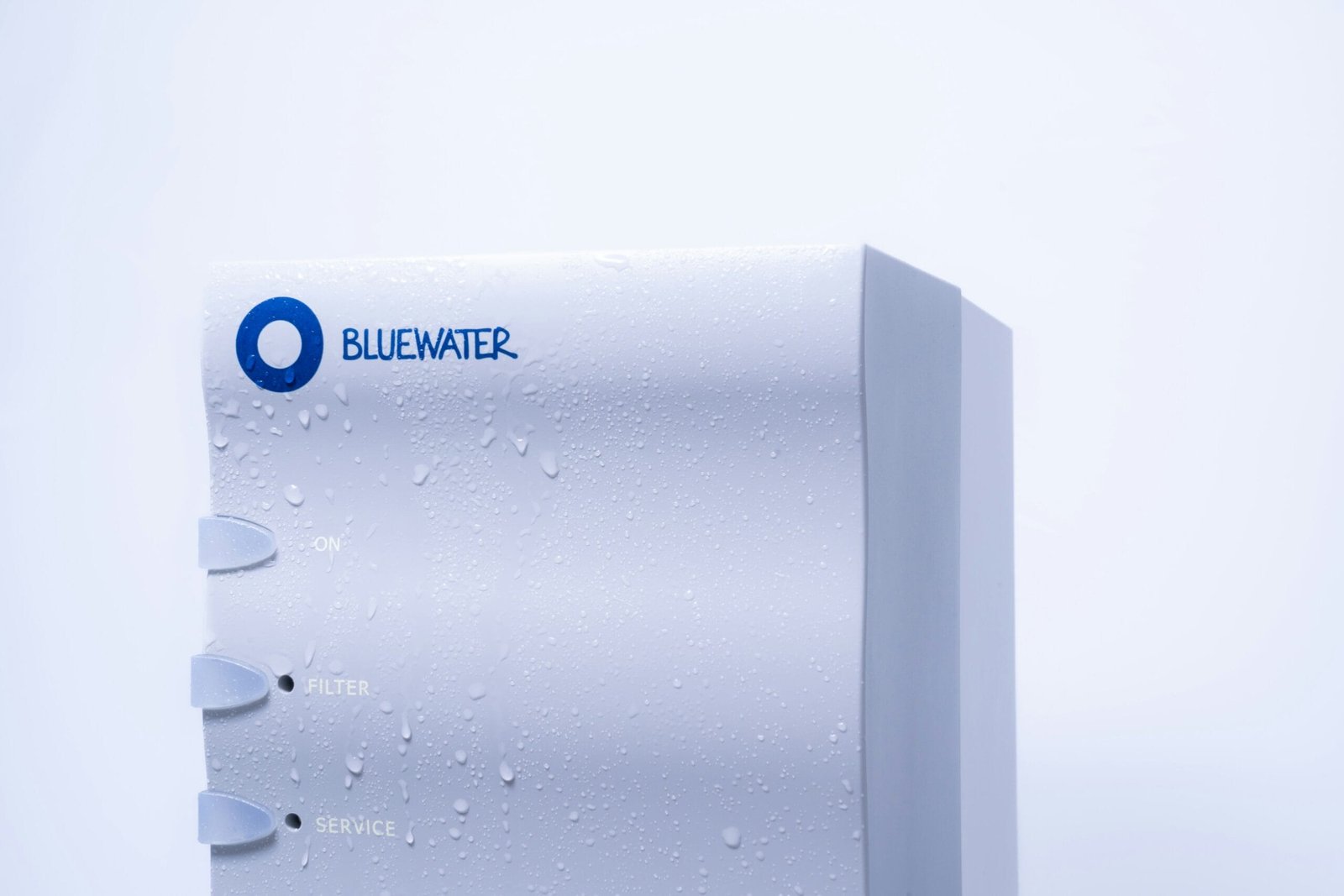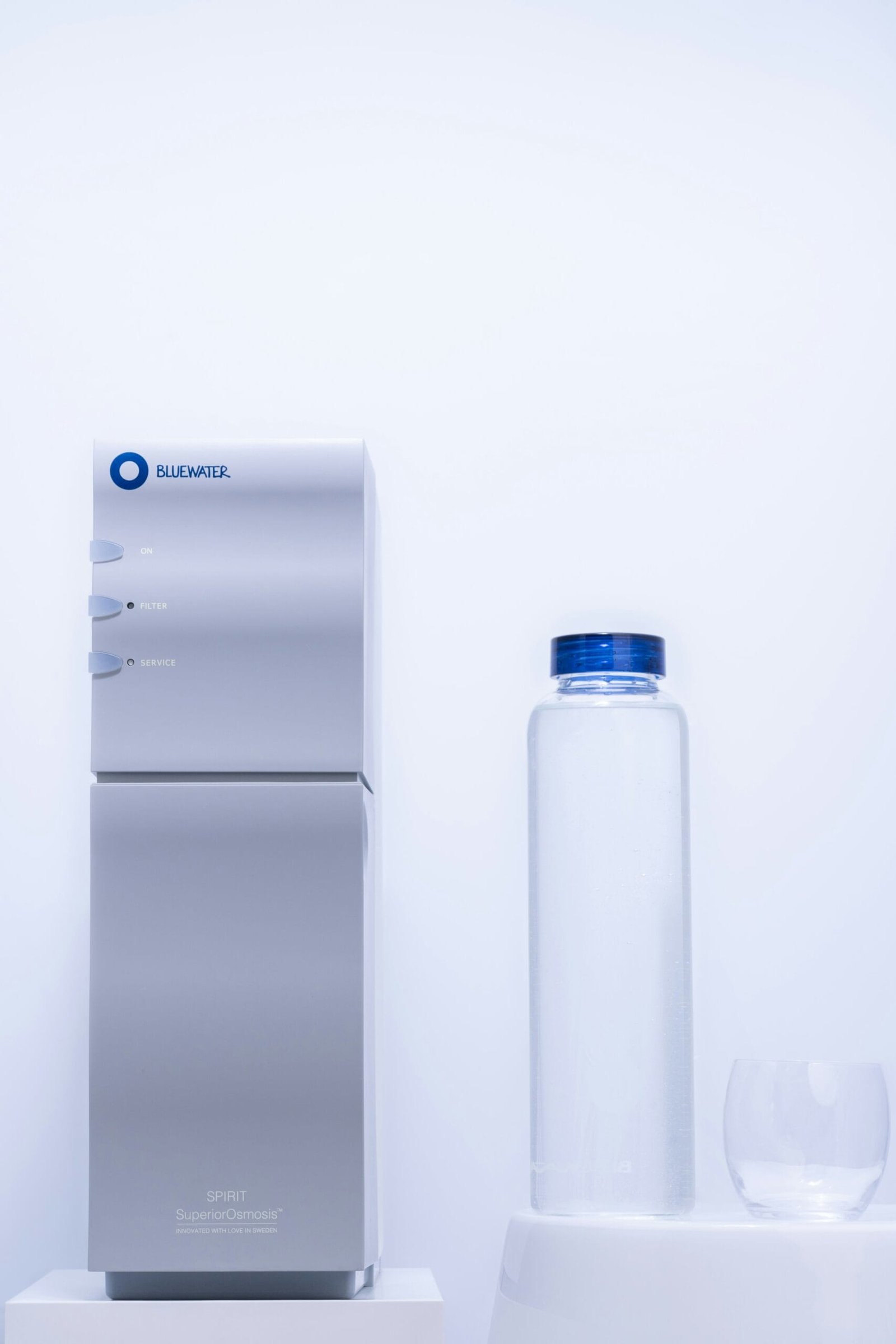Do you notice a rotten-egg smell when you turn on your tap or run water in your home?

How Do I Prevent Well Water From Smelling Like Sulfur?
You’re not alone — that rotten-egg odor usually means hydrogen sulfide (H2S) or sulfur bacteria are present in your well water. This article walks you through causes, testing, short-term fixes, long-term solutions, maintenance, costs, and when to call a professional so you can make effective choices for your water and your home.
What causes the sulfur (rotten-egg) smell in well water?
Understanding the root cause helps you choose the right treatment. The smell most often comes from hydrogen sulfide gas or microbial activity, but plumbing and water heaters can also create or amplify the odor.
Hydrogen sulfide gas (H2S)
Hydrogen sulfide is a gas that dissolves in water and gives it a rotten-egg smell even at very low concentrations. You’ll often notice the odor right from the well or at the faucet. It forms naturally in groundwater where organic material decomposes under low-oxygen conditions.
Sulfur bacteria
Sulfur bacteria (often called “sulfur-reducing bacteria”) use sulfur compounds for energy, producing hydrogen sulfide as a byproduct. These bacteria can colonize well casings, pipes, and plumbing fixtures, creating persistent smells that return even after treatment.
Water heater and plumbing reactions
Sometimes the smell appears only from hot water taps. That’s commonly a reaction between hydrogen sulfide in water and the sacrificial anode rod inside a water heater (especially magnesium anode rods), which can accelerate the smell. Bacteria can also colonize water heaters.
Other causes
Other contributors can include decaying organic material near the well, certain mineral deposits, or cross-contamination from nearby septic systems. Knowing whether the smell is present at all taps, only cold water, or only hot water helps pinpoint the cause.
How can you test your well water to identify the cause?
Testing clarifies whether hydrogen sulfide gas, bacteria, or plumbing reactions are causing the odor, and it helps determine the right remedy. You should always test before spending on a treatment system.
- Start with a simple smell test at multiple taps: cold taps, hot taps, outdoor hose bibs, and directly from the well’s discharge (if accessible).
- Use home test kits for a rough estimate of H2S concentration; they’re inexpensive and immediate.
- For accurate results and bacteria testing, send samples to a certified lab. Request tests for hydrogen sulfide, total coliform, E. coli, and, if suspected, sulfur bacteria.
- If you suspect mineral contamination or iron/manganese issues, include those tests.
Sampling tips for accurate results
Collect samples in clean containers, follow lab instructions, avoid running the tap too long or too short, and cool samples quickly if required. Contamination during sampling can lead to misleading results, so treat sampling carefully.
Comparison of testing options
| Test Type | What it detects | Accuracy | Typical cost | When to use |
|---|---|---|---|---|
| Home H2S test kit | Hydrogen sulfide approximate levels | Low-medium | $10–$40 | Quick screen |
| Certified lab test | H2S, coliform, E. coli, metals | High | $50–$200+ | Confirm cause and plan treatment |
| Professional well inspection | Water quality + well condition | High | $150–$400+ | Suspected well contamination or complex issues |
Short-term fixes to stop the smell immediately
If you want temporary relief or need to reduce odor while arranging a long-term solution, try these measures. They are often inexpensive and can be effective immediately.
Flushing and aeration by running water
Running the water at full blast for several minutes can strip dissolved gas from the water. This works best for low H2S levels and is a handy short-term measure. It won’t treat bacteria or fix a contaminated well.
Shock chlorination of the well
Chlorinating the well and plumbing lines can disinfect and reduce odors caused by sulfur bacteria. It’s a temporary but effective solution if bacteria are the source. You’ll need to follow instructions carefully and purge the system afterward.
Clean or replace the water heater anode rod
If the smell appears only in hot water, it may be caused by the anode rod reacting with dissolved sulfates. Inspect the anode rod; replacing a magnesium rod with an aluminum-zinc rod often eliminates the reaction that produces hydrogen sulfide.
Activated carbon filtration (point-of-use)
A point-of-use (under-sink) activated carbon filter can remove odors at a single fixture. Carbon is effective for low-level H2S but can become saturated quickly and may not be suitable for bacteria unless combined with disinfection.

Long-term treatment options and how they work
When the smell is persistent, you want a dependable treatment that addresses the cause long-term. Several established treatments work well, depending on H2S levels and the presence of bacteria.
Aeration (air injection or packed tower aeration)
Aeration forces air into the water or sprays water through media to release dissolved H2S gas to the outside atmosphere, where it dissipates. It’s effective for moderate to high H2S concentrations and does not add chemicals to your water.
- Pros: No chemical addition, long-term solution for H2S.
- Cons: Requires a drain for removed hydrogen sulfide, needs space and professional sizing.
Oxidation followed by filtration (chlorination, manganese greensand)
Oxidizing agents like chlorine, potassium permanganate, or ozone convert dissolved H2S to solid sulfur, which can then be filtered out. Chlorination (shock + continuous feed) is common for wells with bacteria and H2S.
- Pros: Treats bacteria and H2S; can be combined with filtration for solids removal.
- Cons: Requires chemical handling, proper control systems, and residual removal (e.g., carbon filters).
Catalytic activated carbon (specialized carbon)
Catalytic carbons are designed to remove hydrogen sulfide and chlorine effectively. They work best at lower H2S concentrations.
- Pros: Good for low-level H2S and tastes; simple setup.
- Cons: Not ideal for bacteria or very high H2S; needs regular replacement.
Ozone treatment
Ozone is a powerful oxidant that destroys bacteria and oxidizes H2S. Ozone systems are often used for whole-house treatment and require proper aeration and contact time.
- Pros: Effective oxidation and disinfection without long-term chemical residues.
- Cons: Higher upfront cost, complexity, and professional installation.
Aeration vs oxidation: when to choose which
If your H2S level is low to moderate (under ~3 ppm) and bacteria are not present, aeration or catalytic carbon may suffice. If sulfur bacteria are present or H2S is higher, chlorination followed by filtration or ozone with filtration is often a better long-term choice.
Treatment option quick comparison
| Treatment | How it works | Best for H2S level | Treats sulfur bacteria? | Typical cost (installed) | Maintenance |
|---|---|---|---|---|---|
| Aeration (air injection/tower) | Releases H2S gas to air | Low to high | No | $1,500–$6,000+ | Moderate |
| Packed tower aeration | Surface area to off-gas H2S | Moderate to high | No | $3,000–$10,000+ | Moderate |
| Chlorination + filtration | Oxidizes H2S, then filters solids | Low to high | Yes | $800–$5,000+ | Regular chemical feed/regeneration |
| Catalytic activated carbon | Adsorbs H2S | Low | No | $400–$2,000 | Replace media periodically |
| Ozone systems | Oxidizes and disinfects | Low to high | Yes | $2,000–$8,000+ | Professional checks |
(Prices vary by region, well depth, flow rate, and system capacity.)
Choosing the right treatment for your situation
Selecting the right solution depends on three main factors: how much H2S is present, whether sulfur bacteria are present, and whether the smell is only in hot water.
Typical decision framework
- If smell only from hot water: check and replace water heater anode rod, flush and clean heater.
- If H2S
